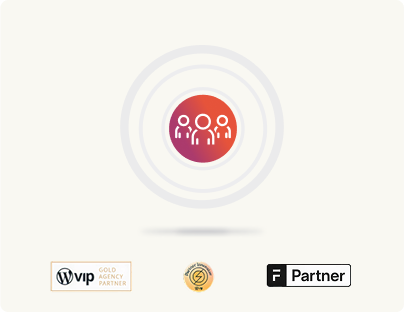Sanity CMS vs WordPress API capabilities: Content delivery
When it comes to delivering content efficiently across platforms, APIs are the backbone of modern CMS solutions. Comparing Sanity vs WordPress, both platforms offer robust API features, but their implementation and flexibility cater to different business needs.
Sanity’s API-first approach
Sanity was built with APIs at its core, offering REST and GraphQL endpoints to access content programmatically. This design makes it a strong choice for businesses looking to push content to multiple platforms, like a website, mobile app, or even a digital billboard.
Its GraphQL API is especially powerful, allowing developers to fetch only the data they need, reducing payload sizes and improving performance.
For example, an e-commerce business could use Sanity’s API to centralize product information and sync it across their website, app, and in-store screens. This keeps everything consistent without duplication.
But here’s the catch: Sanity’s reliance on APIs assumes you have developers who know how to work with them. While the flexibility is great, businesses without technical resources might struggle with the setup and maintenance of API connections.
WordPress API capabilities
WordPress takes a more versatile approach to APIs. Out of the box, it provides a REST API that lets you interact with posts, pages, and other content types. For those who prefer GraphQL, the WPGraphQL plugin offers an equally powerful API layer.
Unlike Sanity, WordPress doesn’t lock you into an API-first model. You can use it as a traditional CMS, a hybrid setup, or fully headless. This flexibility means businesses can experiment with APIs when they’re ready, rather than being forced into them.
Example: A travel agency can use WordPress’ REST API to power their mobile app while still using its traditional frontend for the website. This hybrid setup allows businesses to transition to headless gradually, avoiding disruption.
Integration with frameworks
Sanity markets itself as a developer-friendly platform, with smooth integrations for frameworks like Next.js, Nuxt.js, and Gatsby. These integrations make it easy to pair Sanity with modern frontend technologies.
Comparing WordPress vs Sanity, WordPres is not dependent on any framework. You can integrate it with anything like React, Vue, Angular, you name it. Its APIs are so widely supported that almost every major framework offers plugins, libraries, or guides for working with WordPress. This independence is a huge win for businesses that might switch frameworks later or don’t want to be boxed into specific ecosystems.
WordPress’ ecosystem ensures you’re never locked out of options. Whether you’re starting with a simple website or planning a complex digital strategy, WordPress can work well with anything.







